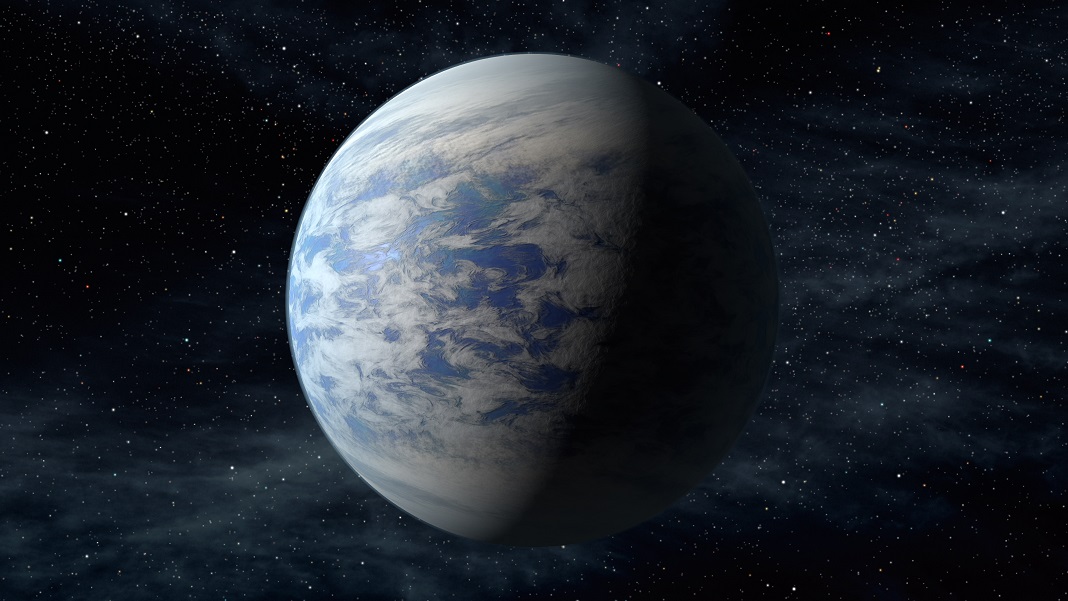The Habitability of Earth: Our Home in the Cosmos
Earth, the third planet from the sun in our solar system, is a remarkable haven for life. Its unique combination of factors and conditions make it an ideal habitat for a diverse range of organisms, including human beings. In this article, we will explore the various factors that contribute to Earth’s habitability for life as we know it.
1. A Goldilocks Zone
Earth orbits the sun within the habitable zone, often referred to as the “Goldilocks zone.” This zone is the region around a star where conditions are just right—not too hot, not too cold—for liquid water to exist on the surface. Water is fundamental to life as we know it, and Earth’s position in this zone allows for the sustenance of life.
2. A Life-Supporting Atmosphere
The Earth’s atmosphere is composed of a mix of gases, primarily nitrogen (about 78%), oxygen (about 21%), and trace amounts of other gases like carbon dioxide, argon, and water vapor. Oxygen is crucial for most forms of life, facilitating respiration—a process essential for generating energy.
3. Moderate Climate
Earth experiences a diverse range of climates, from polar ice caps to hot deserts. The presence of oceans and atmospheric circulation systems helps distribute heat across the planet, maintaining a relatively moderate overall climate. This diversity of climates allows for a wide variety of life forms to adapt and thrive.
4. Abundance of Water
Water covers about 71% of the Earth’s surface. It is essential for all known forms of life and plays a vital role in various biological and geological processes. The presence of liquid water allows for chemical reactions necessary for life and provides a habitat for aquatic organisms.
5. Stable Geological Activity
Earth has a dynamic and active geology, with processes like plate tectonics and volcanic activity. These processes help regulate the planet’s surface temperature, provide essential nutrients to ecosystems, and facilitate the carbon cycle—critical for maintaining a stable environment.
6. Rich Biodiversity
Earth is teeming with a wide array of plant and animal life, from microscopic organisms to large mammals. Biodiversity contributes to the stability and resilience of ecosystems, ensuring that life can adapt and persist in various conditions.
7. A Protective Magnetosphere
Earth’s magnetic field, generated by the movement of molten iron in its core, helps shield the planet from harmful solar and cosmic radiation. This protection is crucial for the preservation of life by preventing excessive radiation exposure.
8. Symbiotic Relationships
Ecosystems on Earth are built on complex relationships between different organisms. Symbiotic interactions, such as pollination, nutrient cycling, and predator-prey relationships, contribute to the balance and sustainability of life on the planet.
Conclusion
The habitability of Earth is a result of a delicate balance of interconnected factors, making it an ideal abode for a vast array of life forms. As we continue to explore the cosmos and search for potentially habitable exoplanets, understanding the unique conditions that allow life to flourish on Earth becomes crucial in our quest for knowledge and potential expansion beyond our home planet.







